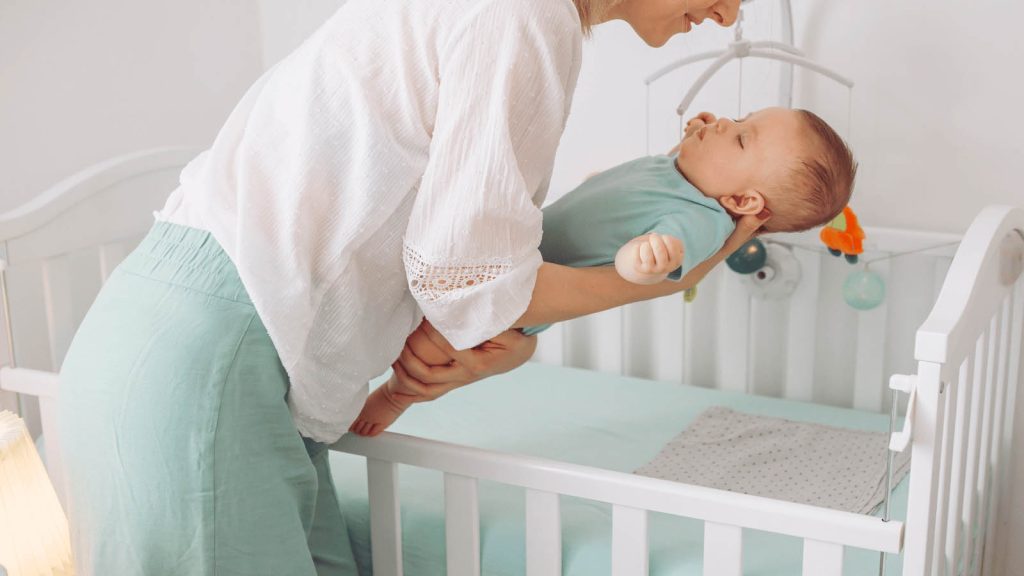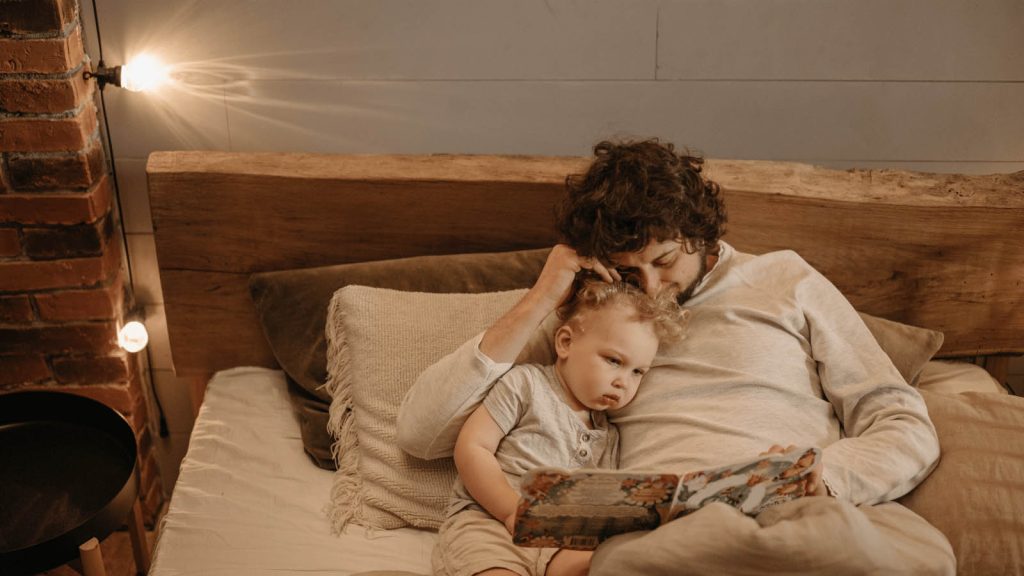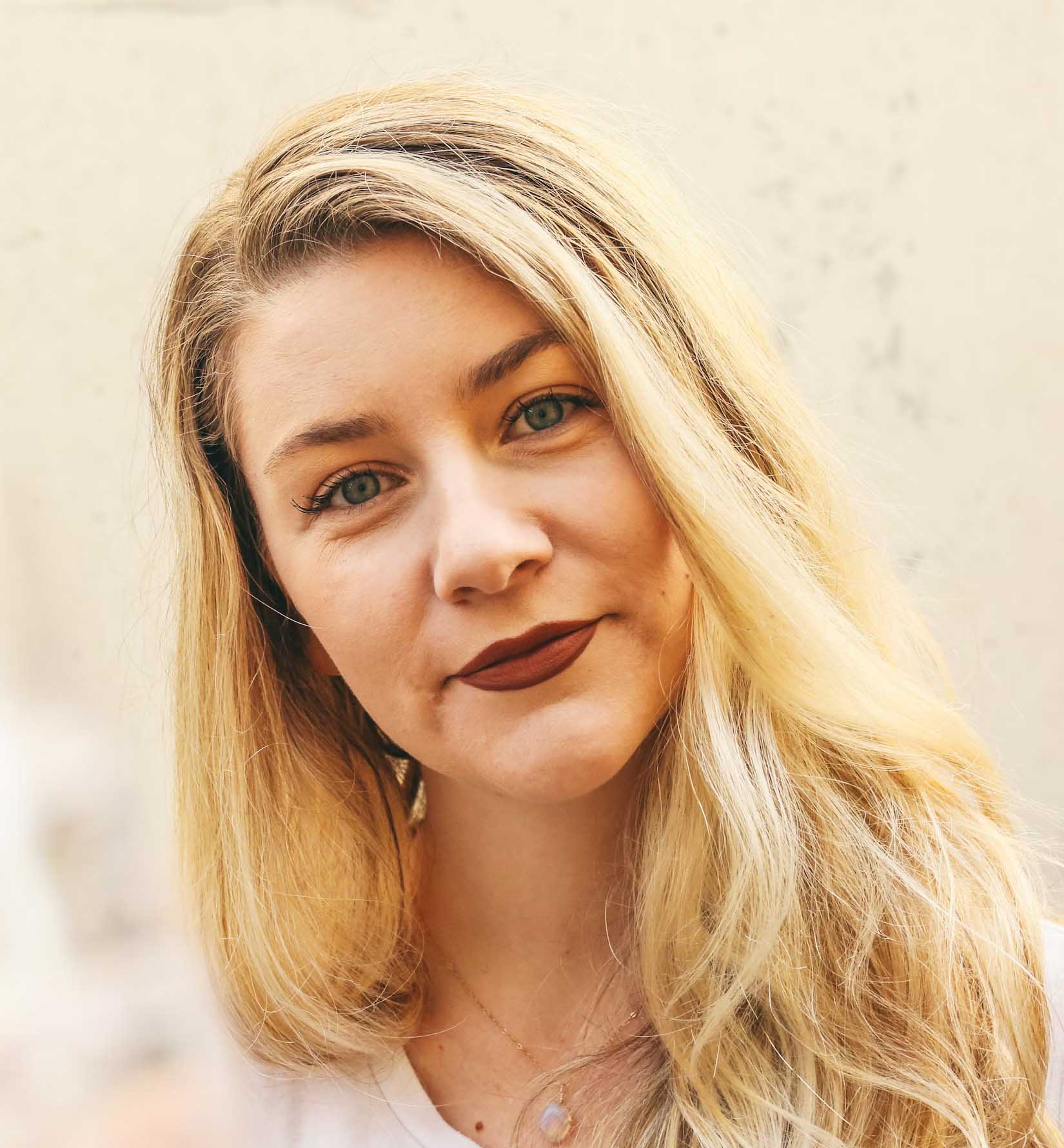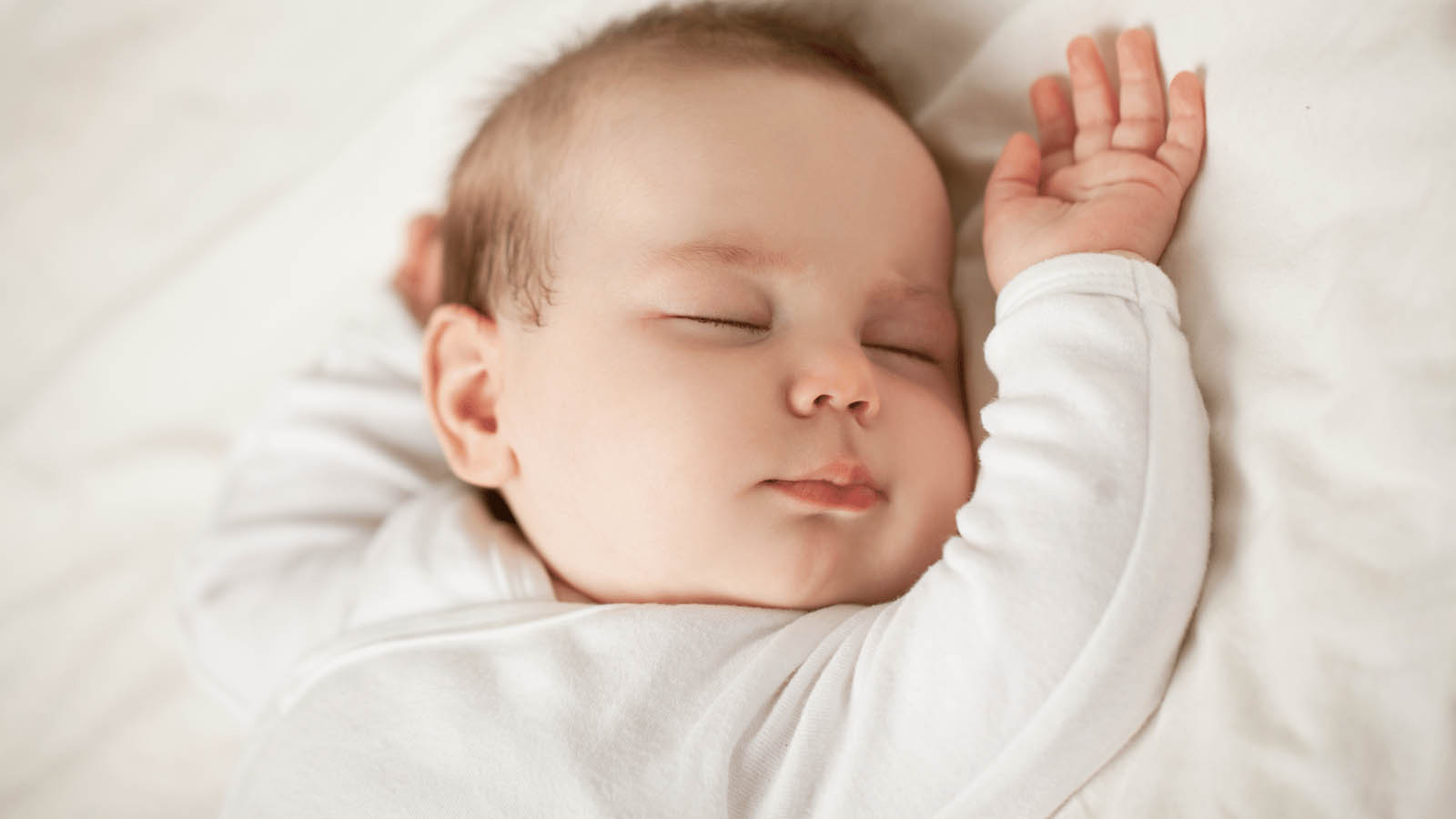Tried and Tested Methods for Creating a Safe Sleep Environment for Your Baby
Welcoming a newborn into the family brings immense joy and responsibility. One crucial aspect of parenthood is ensuring your baby sleeps safely. Creating a secure sleep environment is vital for their well-being and peace of mind. In this comprehensive guide, we’ll explore eleven proven methods to help you establish a safe and comfortable sleeping space for your little one.
The Importance of Creating a Safe Sleep Environment
Ensuring your baby sleeps safely isn’t just about peace of mind—it’s a critical factor in reducing the risk of Sudden Infant Death Syndrome (SIDS) and other sleep-related hazards. A secure sleep environment promotes healthy sleep habits and contributes to your baby’s overall well-being.
Establishing a Safe Sleep Zone
Creating a Safe Sleep Environment for Your Baby
Creating a designated sleep area for your baby is paramount. Choose a firm mattress and a snug-fitting crib sheet. Remove soft bedding, pillows, and toys from the crib to prevent suffocation hazards.

Maintaining Optimal Room Temperature
Optimizing Room Temperature for Safe Sleep
Keep the nursery comfortably cool, between 68 and 72 degrees Fahrenheit (20 and 22 degrees Celsius). Wear lightweight clothing and adjust bedding to ensure your baby doesn’t overheat during sleep.
Importance of Back Sleeping
The Back-to-Sleep Position
Always place your baby on their back for sleep, whether it’s naptime or bedtime. This position reduces the risk of SIDS and ensures unobstructed breathing.
Safe Swaddling Practices
The Art of Safe Swaddling
When done correctly, swaddling can help soothe your baby and promote better sleep. Use lightweight, breathable blankets and ensure your baby’s hips can move freely.

Eliminating Suffocation Hazards
Preventing Suffocation Risks
Remove any items from the crib that could pose a suffocation risk, such as loose bedding, stuffed animals, or crib bumpers. Keep cords and monitor wires out of reac
Creating a Calming Bedtime Routine
Establishing a Soothing Bedtime Ritual
A consistent bedtime routine signals to your baby that it’s time to wind down. Incorporate activities like gentle baths, lullabies, and quiet cuddles to promote relaxation.
Ensuring your baby’s safety during sleep is a top priority for every parent. From choosing the right sleep environment to implementing safe sleep practices, there are numerous factors to consider. Let’s delve deeper into some common questions about creating a safe sleep environment for your baby:

How often should I check on my baby during sleep?
It’s natural to want to check on your baby frequently, especially during the early months. However, it’s essential to strike a balance between vigilance and allowing your baby to sleep undisturbed. Experts recommend checking on your baby periodically, such as during your nighttime awakenings or every few hours if you’re awake. Avoid excessive checking, as this may disrupt your baby’s sleep patterns.
Is co-sleeping safe for newborns?
Co-sleeping, or sharing a sleep surface with your baby, is a personal choice that many families opt for. When practiced safely, co-sleeping can foster a strong bond between parent and child and facilitate nighttime feedings. To co-sleep safely, consider using a bedside bassinet or co-sleeper that attaches securely to your bed. Ensure there are no gaps between the mattress and the adjacent surface, and avoid soft bedding or pillows near your baby.
Can I use sleep positioners or wedges to keep my baby in place?
Sleep positioners and wedges are marketed as tools to help keep babies in a specific position during sleep, such as on their backs. However, these products have not been proven to reduce the risk of SIDS and may pose suffocation hazards. The American Academy of Pediatrics (AAP) advises against their use, as they can increase the risk of accidental suffocation or entrapment.
How can I tell if my baby is too hot or too cold during sleep?
Maintaining an appropriate sleep environment temperature is crucial for your baby’s comfort and safety. To gauge whether your baby is too hot or too cold, feel their chest, back, or nape of the neck—not their hands or feet, as these may naturally feel cooler. If your baby feels sweaty or clammy, remove a layer of clothing or adjust the room temperature accordingly. Conversely, if they feel chilly, add lightweight blankets or adjust clothing layers to keep them comfortable.

Are sleep sacks safe for newborns?
Sleep sacks, also known as wearable blankets or sleeping bags, are a safe alternative to loose blankets in the crib. These garments keep your baby warm without the risk of suffocation or entanglement. Look for sleeveless sleep sacks made of breathable fabric, and ensure they fit snugly around your baby’s shoulders to prevent slipping over their face. Avoid using sleep sacks with hoods or drawstrings, as these can pose choking hazards.
Should I use a pacifier during sleep?
Using a pacifier during sleep can offer several benefits, including reducing the risk of SIDS. The AAP recommends offering a pacifier at naptime and bedtime, but there’s no need to force it if your baby refuses. If your baby falls asleep with a pacifier, there’s no need to remove it once they’re asleep. However, if the pacifier falls out of their mouth during sleep, there’s no need to reinsert it.
By addressing these frequently asked questions and implementing safe sleep practices, you can create a secure sleep environment for your baby. Remember to stay informed, consult with healthcare professionals as needed, and trust your instincts as a parent. With the proper knowledge and precautions in place, you can ensure your baby sleeps soundly and safely, giving you peace of mind and precious moments of rest.
Safe Sleep Environment Frequently Asked Questions (FAQs)
How often should I check on my baby during sleep?
- It’s recommended to check on your baby periodically but avoid disturbing their sleep unless necessary. Ensure they’re breathing comfortably and adjust bedding if needed.
Is co-sleeping safe for newborns?
- While some families choose to co-sleep, it’s essential to follow safety guidelines to reduce the risk of suffocation or SIDS. Consider using a bedside bassinet for safe co-sleeping practices.
An I use sleep positioners or wedges to keep my baby in place?
- It’s best to avoid sleep positioners or wedges, as they can pose suffocation hazards. Instead, opt for a firm mattress and a snugly fitted sheet to ensure your baby sleeps safely.
How can I tell if my baby is too hot or too cold during sleep?
- Check your baby’s temperature by feeling their chest or back. If they feel too warm or sweaty, remove a layer of clothing or adjust the room temperature. Conversely, if they feel chilly, add a lightweight blanket.
Are sleep sacks safe for newborns?
- Sleep sacks can be a safe alternative to loose blankets. They keep your baby warm without the risk of suffocation. Choose a sleeveless sleep sack made of breathable fabric for optimal safety.
Should I use a pacifier during sleep?
- Using a pacifier during sleep can reduce the risk of SIDS. Offer a pacifier at naptime and bedtime, but don’t force it if your baby doesn’t want it.
Conclusion
Creating a safe sleep environment for your baby is a fundamental aspect of parenthood. By following these tried and tested methods, you can ensure your little one sleeps soundly and safely. Remember, a secure sleep environment promotes healthy sleep habits and contributes to your baby’s overall well-being

Lucky, a dedicated professional in the field of baby safety, brings expert advice and guidance as a seasoned consultant. With a passion for ensuring the utmost security for little ones, Lucky’s insights and recommendations are invaluable resources for parents seeking peace of mind.




